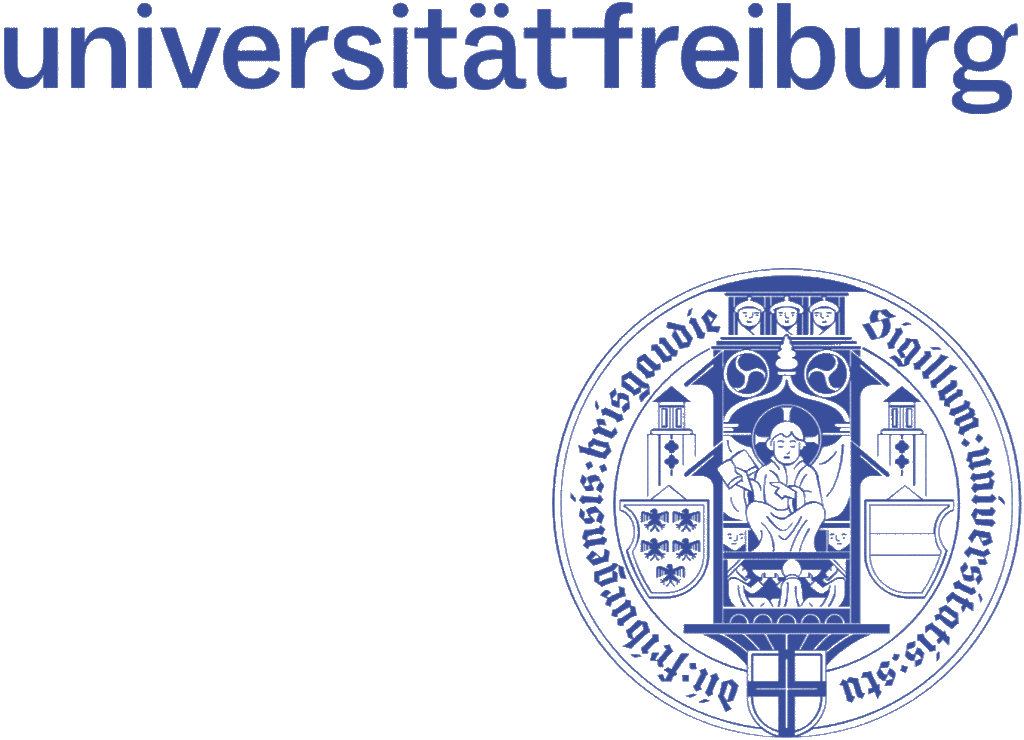
University of Freiburg
Institute of Physics
Quantum Optics and Statistics
andreas.woitzik(at)physik.uni-freiburg.de
Quantum State Transfer in a Mircomaser
The micromaser is one of the earliest experiments to test the interaction between a sequence of single atoms and a single mode (defined by a resonator) of the quantized electromagnetic field.

Fig 1. Sketch of a micromaser. Atoms in an atomic jet are excited to Rydberg states which are near-resonant with the quantized cavity-field. The atoms are thus modelled as two-level systems which interact with the cavity one by one. The Jaynes-Cummings model is used to describe the interaction between the cavity field and a single atom.
We address the micromaser from a quantum state control perspective. We ask which resources (e.g. coherence and entanglement) encoded in the incoming atomic string are required to drive the cavity state from a given initial to a desired final state. To answer this question, we use matrix product states, to describe long atomic strings with tunable entanglement content. One of our goals is to describe the specific trajectories followed by optimal state transfer in the Hilbert space of the cavity.



Fig 2. Wigner Plots of a control problem where the cavity is initially in a) the 3rd Fock state . The atomic string, consisting of three atoms, is optimized for state transfer into c) the coherent superposition of the second and fourth Fock state, i.e.
. In b) the intermediate states of the cavity are shown after the interaction with the first, the second and the third atom, respectively. The upper row shows to an optimally entangled atomic string, and the lower row results for a separable atomic input state. In this parameter regime the target state is reached with reasonable fidelity also with the separable atomic string, but an optimally entangled string still improves the performance.
Literature:
• Englert, Berthold-Georg. „Elements of micromaser physics.“ arXiv quant-ph/0203052 (2002).
• Wellens, Thomas, et al. „Quantum state preparation via asymptotic completeness.“ Physical Review Letters 85.16 (2000): 3361.
• Schön, Christian, et al. „Sequential generation of entangled multiqubit states.“ Physical Review Letters 95.11 (2005): 110503.



